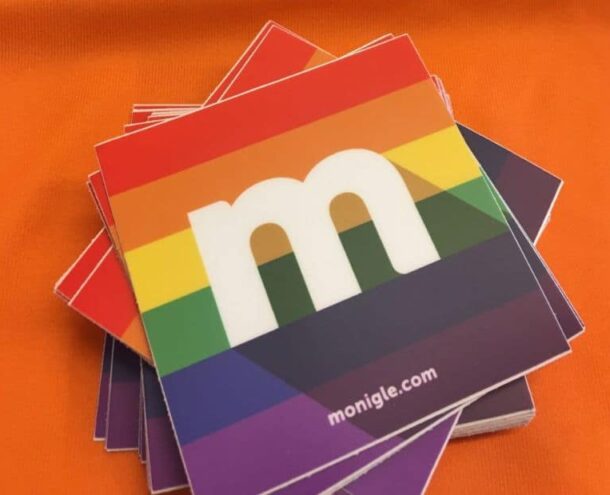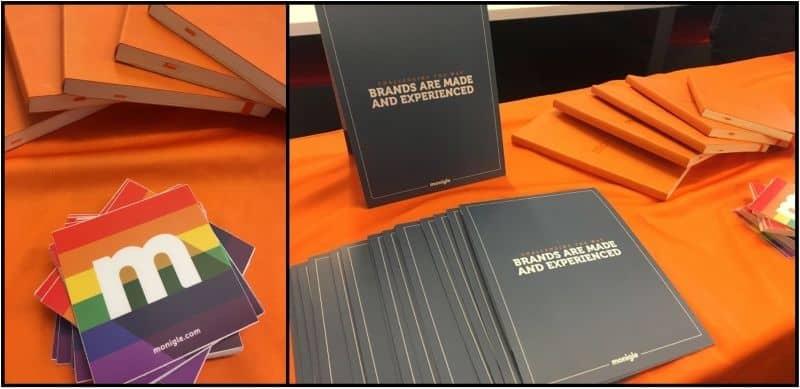Creating a culture of inclusion is no longer optional. It’s mandatory.

Yes, recent years have shown an uptick in social progress, and that progress has become the catalyst for more workplace inclusivity. The underlying business case, however, is becoming too compelling to undervalue or dismiss altogether. Organizations of all shapes and sizes are reaping the benefits from devising an inclusive culture—benefits that transcend intangible value into something real, substantive, and measurable:
-
- Higher retention rates
- More engaged employee base
- Higher win rates with prospective clients
Fostering inclusion and diversity is certainly top of mind for our clients, but it’s also a key point of emphasis for us here at Monigle. We’ve ramped up diversity-driven efforts around sponsorship, learning and development, and recruitment in order to unearth best-in-class practices and behaviors that create an inclusive culture.
At the end of 2019, we were honored to serve as a sponsor for the O4U (Out for Undergrad) Marketing Conference, sending representatives from our Monigle Inclusion & Diversity Council to NYC to participate in the weekend-long event, hosted at Ogilvy’s headquarters.
O4U organizes four conferences a year: Marketing, Business, Engineering and Technology, bringing together hundreds of LGBTQ+ students from across the globe, inspiring them to be their authentic selves once they enter the workplace. O4U connects them to professional opportunities, like-minded mentors, and new friends.

Our first impression? Woah.
We were surrounded by some of the best, brightest, most creative, and most influential people the world has to offer. Conference halls, breakout sessions and networking events are packed with Diversity (with a capital “D”), spanning across genders, sexual orientations, ethnicities, socioeconomic upbringings, and educations.
It’s students like these who represent the bright future of our workforce.
With such unique backgrounds, skillsets and perspectives, what we quickly learned is that students are as much the source, as they are the recipient, of inspiration. We were fortunate enough to leave the conference with a textbook of insights, courtesy of our talented new friends.

Perhaps the most valuable learnings came from student commentary on how brands can continue to build a more inclusive culture and how critical that feature is when evaluating a prospective employer. Below are some valuable take-aways for consideration:
1. People want to see themselves in others
Folks tend to gravitate towards those with shared commonalities. Once that commonality is identified (and some are easier to spot than others), that person feels comforted. Be judicious about conference attendees, interviewers, managers and mentors, knowing that the more diverse the representation of your brand, the greater likelihood there is of initiating a connection.
2. Lip service will only get you so far
One of the first questions asked by students was, “So, what else does your company do for inclusion and diversity beyond your participation here?” Keep in mind that this next generation of students are a bit suspicious and incredibly resourceful. They’re looking for meaningful proof points, such as established councils or committees, as well as seeking cultural characteristics that help in promoting an inclusive environment.
3. Active listening is the key that unlocks an inclusive culture
Although each student comes from a distinct walk of life and has varying career aspirations, there was one thing they could all could agree on: they wanted to be understood and ultimately respected. Embracing diversity means embracing differences—in background, upbringing, perspectives, personalities, etc.
So, it’s no surprise that a large emphasis throughout O4U is on active listening. Adaptable to any interaction, active listening requires the listener to:
| 1. Listen to understand: make sure the person feels understood and valued to form a stronger relationship
2. Raise your awareness: acknowledge and then dismiss, certain filters and preconceived judgements, which might prohibit you from listening effectively 3. Encourage others to have a voice: recognize that the loudest voice in the room is rarely the best or only voice in the room |
It starts inside-out vs. outside-in. Fostering a more diverse workforce will come with time. But remember it’s the effect, not the cause.
Creating a rich culture that promotes inclusivity, rallying around core behaviors like active listening and empathy, will begin to offer what diversity candidates are actively seeking.

Reach out to us if you’re looking for more than that cliff notes offered here. We love to share our experiences and are excited to continue to learn and grow in our diversity and inclusion here at Monigle.


